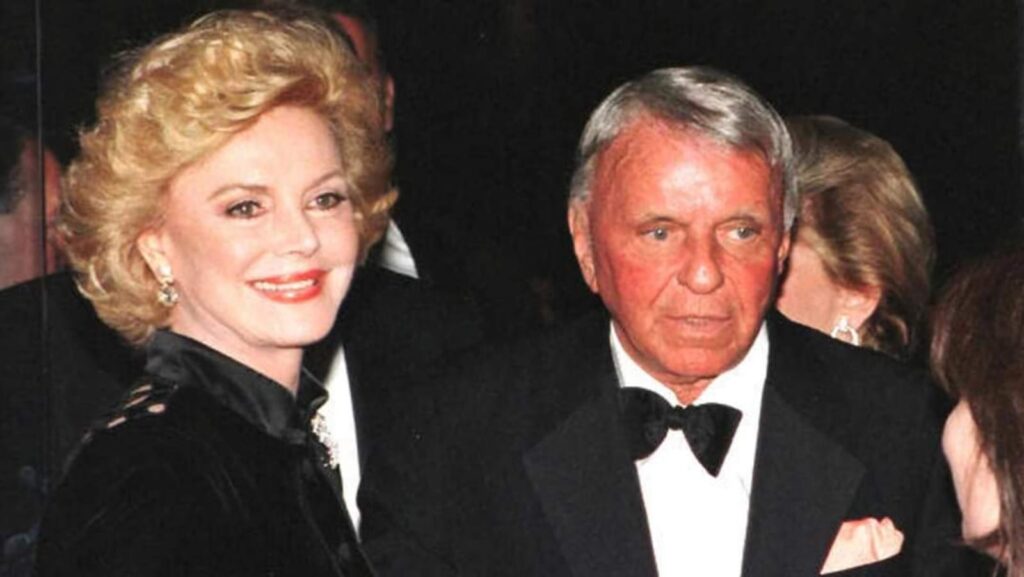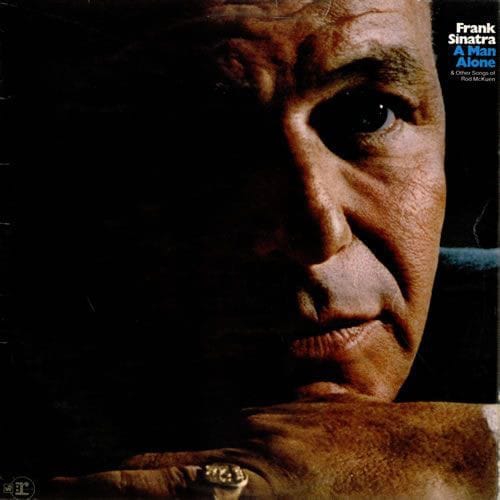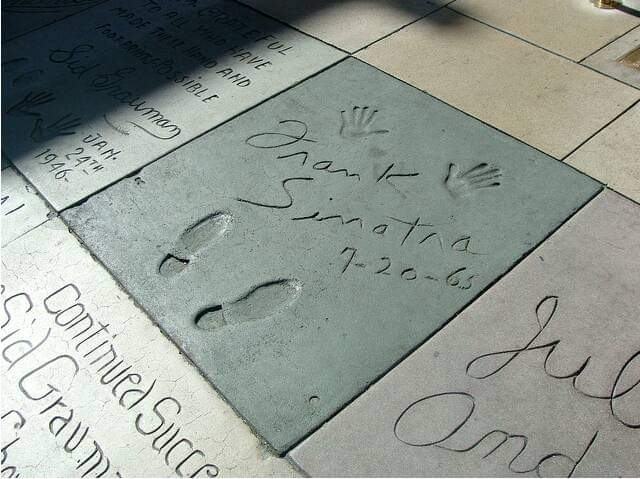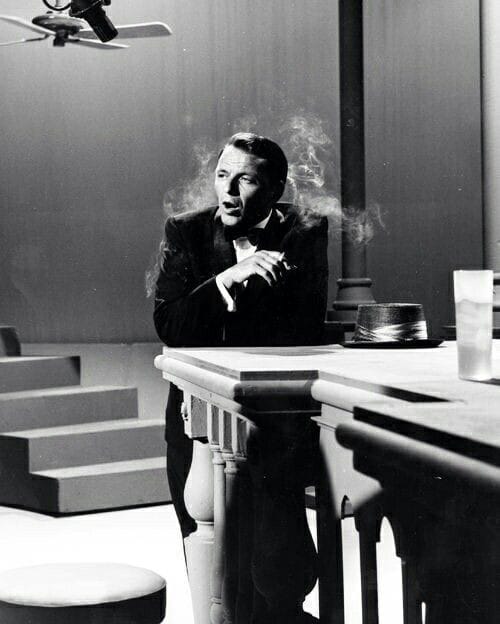
THE LAST YEARS OF FRANK SINATRA
The Last Years Of Frank Sinatra. EPISODE 12
Nobody expected Frank Sinatra to get back on stage after the dramatic shows in Japan. But on February 25, 1995, as part of the events included in a golf tournament that bears the artist’s name, a brief recital is scheduled for a small audience of just over a thousand lucky people at the Marriott Hotel in Palm Springs, California. . It is an unusually energetic and emotional show composed of several classics from the 1950s and 1960s performed with an enviable drive, typical of a much younger performer and that contrasts with the instability shown in most of his recitals in previous years. Frank last reviews “I’ve Got The World On A String”, “You Make Me Feel So Young”, “Fly Me To The Moon”, “Where Or When” and “My Kind Of Town”. He accurately hits all the notes he sets out to do and executes sustains within the reach of few. The orchestra directed by Frank Junior wants to live up to the challenge and plays with overwhelming warmth and power.
After “My Kind Of Town” the concert had to end, but our man can’t stop. Happiness is palpable in every syllable that leaves his aging lips. The encore of the concert is “The Best Is Yet To Come”. After the show, Frank feels euphoric. “I’m not going to retire,” he announces. I’m just going to take a little time off, that’s all.”(1) The profits made during the evening, estimated at almost a million dollars, go to the Barbara Sinatra Children’s Clinic.
This joy does not last long. In the month of March, the sale of her beloved home in Rancho Mirage, California closes for a value close to five million dollars. The buyer is Jim Pattison, a Canadian tycoon, owner of the second largest private company in Canada…and of course, an admirer of Sinatra. Unfortunately, the day Pattison visited the house to meet Frank, he was in bed recovering from a cold and the two men never met. Pattison took over much of the singer’s furniture and beloved train collection.
The decision had been an idea of his wife Barbara with the intention of moving to Los Angeles, closer to the singer’s children and the family doctor. With all the pain in his heart, Frank agreed because he did not want the matter to trigger more tension than there has always been between his children and his wife. Even so, the move must be delayed until May because Frank becomes physically ill at the thought of leaving the place that was his refuge from the madding crowd since the mid-1950s.
SINATRA IN PALM SPRINGS-A LONG LOVE STORY
Frank Sinatra arrived in Palm Springs in 1947, at the peak of his career. His first home was known as ‘Twin Palms’, designed by the famous architect E. Stewart Williams. A decade later he packed up all his things and left for the city of Rancho Mirage, a few miles away.
The official reason given for Sinatra to move was that “Palm Springs was getting too crowded.” But there could be more reasons behind it, such as his separation and subsequent divorce from Ava Gardner and the serious crisis that his career went through at the beginning of the 1950s. The ‘Twin Palms house was, perhaps too tenacious a reminder of everything he had suffered, and decided to sell it.
Sinatra was about to return to the top thanks to the film “From Here to Eternity”, which earned him the Oscar for best supporting actor. Also in early 1954 his name returned to the music charts with his first album for Capitol Records, “Songs for Young Lovers.”
On that upward flight, Sinatra purchased land at the Tamarisk Country Club off 17th Street, on Wonder Palms Road. The grounds included a small one-story house, with a stone entrance and vertical sand-colored clapboard siding. There were two bedrooms, a living room, a small kitchen and dining room, and an oval pool open to the golf course. It had been designed by architect William F. Cody in 1952 for another client, but when Frank saw the house, he fell in love with it and kept it. In 1956, another room and a bathroom were added, then in the following years, according to Architectural Digest magazine he added a pair of two-bedroom cabanas, one at each end of the pool:
“Each room had its own separate bathrooms. Sinatra also expanded the main house, adding a dining room for twenty-four and a restaurant-sized kitchen, a refrigerator and freezer, and a wine cellar.”
He bought other adjoining lands, eventually extending his property to 10.1 hectares.
In 1960, Senator John F. Kennedy spent two days at Sinatra’s house, sleeping in a guest room in the main house. Sinatra later installed a plaque and the room became Sinatra’s library and a kind of shrine to Kennedy’s memorabilia. Over the next two years, Sinatra further expanded his estate, anticipating a future visit by Kennedy, already inaugurated president. He installed a helipad, built cabins for security personnel, an additional guest house for JFK, a tennis court, a new office and a screening room. He installed wiring and telephone lines, but all to no avail. Kennedy’s security team did not like Sinatra’s relationship with members of organized crime. Thus, Kennedy’s visit to the desert in 1962 was to Bing Crosby’s house in Thunderbird Heights, next to Jimmy Van Heusen’s. Sinatra was furious.
Sinatra made the house even more “his,” adding a painting studio, one of his favorite pastimes, along with his model railroading. He even installed a real train car equipped with a sauna, massage table, barber chair and exercise bench.
In 1976, after several years of dating, Sinatra married Barbara Marx, former wife of Zeppo Marx. Barbara wanted to give a feminine touch to the house. She hired interior designer Bea Korshak and architect Ted Grenzbach to open up and brighten the home’s central spaces, add a master suite for herself, and renovate key areas like the screening room. Sinatra’s favorite color, orange, was toned down in some areas and eliminated in others. Eventually, the complex grew to include 18 bedrooms and 23 bathrooms. Sinatra’s own bedroom, painting studio and his train collection were left intact.
On moving day Sinatra gets up, takes a shower and barely touches his breakfast. He is quiet and brooding, perhaps reviewing countless frames of his life within those four walls, racing through his mind. In front of the door, a car waits for the artist and his wife. Members of the service staff, some with decades of service, flank the path as the vehicle slowly drives toward the gate for the last time. Frank keeps his eyes forward. Unable to manage the avalanche of emotions, he avoids looking back.
Sinatra’s last home, located at 915 Foothill Road, Beverly Hills, was purchased by the couple in 1986. It will never be a true home for him. In the midst of his sadness, the irreverent and annoying Sinatra comes to light from time to time to make his wife angry about the move. One day, while they were sitting in the living room, Frank says to Barbara:
-Dear?
“Yes, dear?” Barbara answers.
-When are we going to return home?
“You’re already home,” she replies, slightly irritated.
-No, this is your house, when are we going to go to mine?
“I don’t want to talk about it,” Barbara answers, visibly upset.
“I was just asking, honey,” Frank answers, feigning innocence.
By Mahnuel Muñoz https://www.facebook.com/mahnuelmunozoficial
If you want to visit more articles about the life of Frank Sinatra enter the following Sinatra Radio 24h link: https://sinatraradio24h.com/category/articles/
We remind you that you can also listen to Sinatra Radio 24 hours on your mobile phone by downloading our free applications for Android in the Play Store https://play.google.com/store/apps/details?id=sinatra.radio24h for iPhone in the Apple Store https://apps.apple.com/app/sinatra-radio-24h/id6599859344









